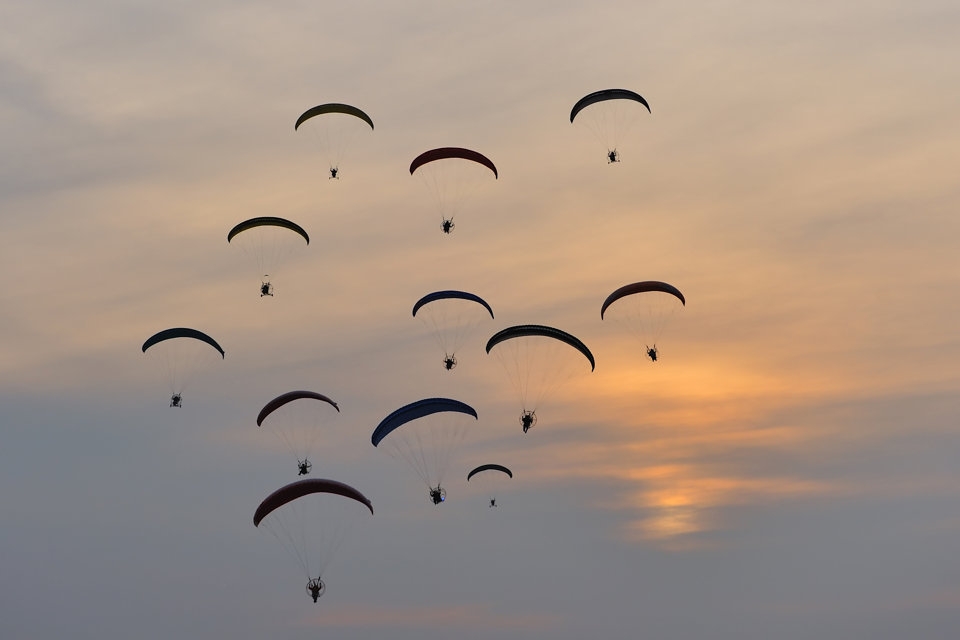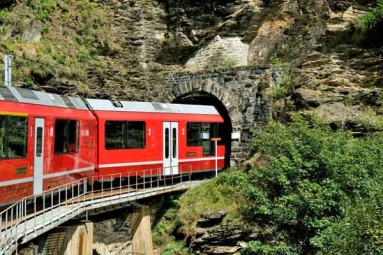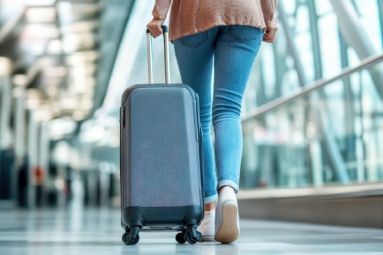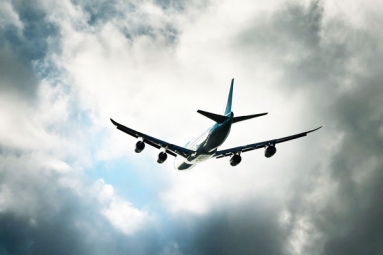
Adventure travel is on the rise around the world, with thrill-seekers in Europe and South America driving up growth.
That’s according to a recently released report by the Adventure Travel Trade Association which looked at adventure travel trends out of Latin America, Europe and North America, which account for the lion’s share of the world’s international tourism departures.
Between 2009 and 2012, the adventure travel market experienced an estimated yearly growth of 65 percent. In cold hard cash, that translates to an outbound travel market at $263 billion for all three regions.
When it comes to hard adventure travel -- defined as activities such as heli-skiing, paragliding and caving -- the survey found staggering growth in South America, where the percentage of international travelers classified as hard adventure travelers increased by 153 percent per year between 2009 and 2012.
In Europe, this niche market also spiked 54 percent year over year. In North America, however, the percentage of international travelers classified as hard aventure travelers dropped 20 percent.
The report notes that while China and South Korea were not included in research, adventure travel has yet to make significant inroads in these countries.
Overall, the percentage of international travelers classified as adventure travelers rose from 26 percent in 2009 to 42 percent in 2012.
Thrill-seekers from South America also have deeper pockets than just a few years ago, as they increased their hard adventure travel spending by 85 percent a year.
Last year, for example, the average adventure traveler from Latin America spent $1,333 on vacations like kite surfing, trekking and caving. They also had the highest mean incomes of any region -- a sign that an increasing number of wealthier residents are opting for adrenaline-fueled vacations.
By comparison, North Americans spent an average of $875 and Europeans $924.
In this year’s edition of the report, researchers also added six new activities: Motorized sports, sand boarding and stand-up paddle boarding were added in the category of soft adventure, while paragliding, heli-skiing and kite surfing added as hard adventure sports.
To be considered "adventure travel," the activity must fulfil two of the three elements: connection with nature; interaction with nature; a physical activity.
Here is how the Adventure Travel Trade Association classifies hard and soft adventure travel in their report:
Soft:
Archeological Expeditions
Backpacking
Birdwatching
Camping
Canoeing
Cycling
Eco-tourism
Environmentally sustainable activities
Fishing/Fly-fishing
Hiking
Horseback riding
Hunting
Motorized sports
Orienteering
Rafting
Research expeditions
Safaris
Sand boarding
Sailing
Scuba diving
Snorkeling
Skiing/Snowboarding
Stand-up paddle boarding
Surfing
Volunteer tourism
Hard:
Caving
Climbing (mountain, rock and ice)
Heli-skiing
Kite surfing
Paragliding
Trekking










